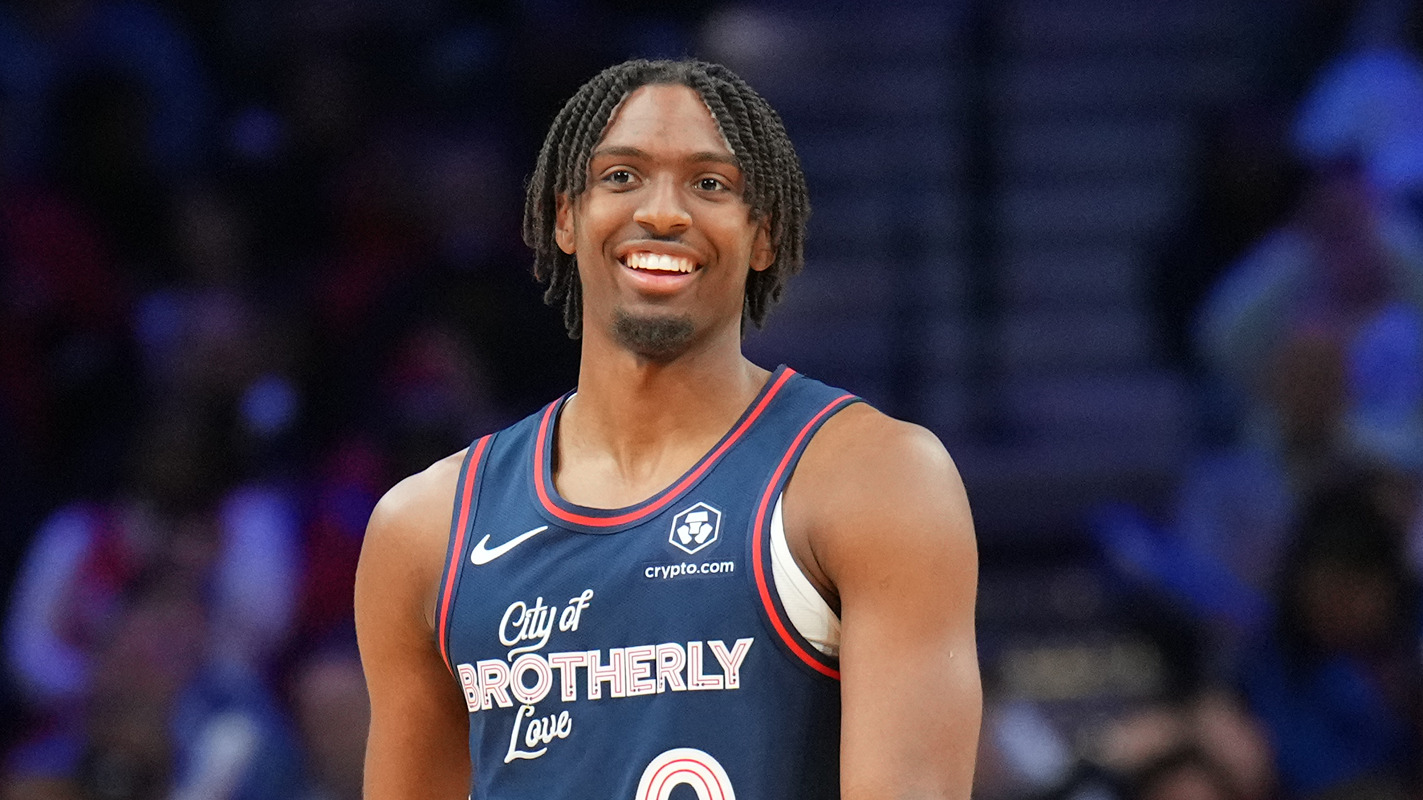Since starting with Blue Star blog, I’ve maintained that the mark of true understanding is the ability to accurately predict the future. We see predictions all of the time, but we rarely seem them revisited for accuracy. I try to do that each year, checking the precision of both my good and poor prognostications. Once writers hold that sort of accountability, they might be less inclined to sensationalize stories and make outrageous claims for the sole purpose of creating a stir.
With training camp under way, it’s time to make my 2013 predictions for both the Cowboys and the NFL. Before I get into today’s prediction, it’s important to note what I’m trying to do when I attempt to look into the future. Primarily, I’m concerned with separating noise—or randomness—from actual predictors. When making predictions, I see so many people use factors that are extremely volatile or completely random, such as a team’s past win-loss record or past injuries. I’m more concerned with applying factors that have been predictive in the past to future analysis.
One of the more controversial football topics—and one very relevant to the Cowboys—is the idea of injury proneness. I’m going to use DeMarco Murray as an example of why, for the most part, using past injuries to predict future ones will end up being fruitless. In doing so, my prediction is that Murray—a player who has missed nine games in two NFL seasons—will play at least 14 games in 2013.
The premise of my prediction is that the distribution of NFL injuries is primarily random. It might seem dumb, then, to try to predict something that’s random, but in any random sample, we’ll see numerous outliers who are subsequently likely to regress toward the mean. Murray is one of those outliers, i.e. his past injuries probably aren’t as good of a predictor of future ones as people believe.
Think of a giant tub of one million jelly beans, 40 percent of which are cherry and 60 percent of which are lemon. You’re asked to pick 100 jelly beans without looking, placing each choice back into the tub after you’ve picked it. Clearly, you have a 40 percent chance to pick a cherry jelly bean at any time. But over that sample of 100 choices, you’ll undoubtedly see a run on both cherry and lemon jelly beans at some point.
Let’s say that you pick four straight cherry jelly beans, which is going to happen if you pick them long enough. In football terms, we’ll think of that as four straight seasons with an injury. Now, what are the chances that the next season is again injury-filled? Well, it would still be 40 percent. But in the real world, people see that string of past injuries—one that’s inevitable in a pool of players as large as the NFL—and believe that they will affect future health.
The problem is that, even if injury proneness does exist, it would still be really difficult to pinpoint. Since the distribution of injuries already resembles what we’d expect if they are primarily random, we’d need to see a very large sample of injuries before we could claim that a player is really injury prone and not just unlucky. Well, Murray and his two injury-plagued seasons aren’t enough; there’s a chance that he has below-average health for an NFL player, but there’s also a good chance that he’s just been unlucky. He’s just picked out a few cherry jelly beans, but we certainly can’t conclude that he’s more likely than anyone else to pick another cherry jelly bean. Actually, he’s still likely to choose a lemon jelly bean with any individual selection.
Sports Connection
Connecting you to your favorite North Texas sports teams as well as sports news around the globe.
Injuries happen quite a lot to running backs, so Murray’s far from certain to play all 16 games. But there’s still a good chance that he’ll do it, and a really good chance that he’ll play in at least 14 contests. It’s not that we know for sure that Murray isn’t injury prone, but just that we can’t use such a small sample of injuries to prove that he’s more of less injury prone than anyone else.
Jonathan Bales is the founder of The DC Times. He writes for DallasCowboys.com and the New York Times. He's also the author of Fantasy Football for Smart People: How to Dominate Your Draft.



